3-二乙氨基酚,3-Diethylaminophenol,97%
产品编号:Sigma-102091| CAS NO:91-68-9| MDL NO:MFCD00002265| 分子式:C10H15NO; (C2H5)2NC6H4OH| 分子量:165.23
本网站销售的所有产品仅用于工业应用或者科学研究等非医疗目的,不可用于人类或动物的临床诊断或者治疗,非药用,非食用,
| 产品名称 | 3-二乙氨基酚 |
|---|---|
| 英文名称 | 3-Diethylaminophenol,97% |
| CAS编号 | 91-68-9 |
| 产品熔点 | 69-72 °C(lit.) |
| 产品沸点 | 170 °C15 mm Hg(lit.) |
| 产品密度 | 1.04g/cm3 |
| 产品闪点 | 141 °C |
| 精确质量 | 165.11500 |
| PSA | 23.47000 |
| LogP | 2.23840 |
| 外观性状 | 黑色固体 |
| 折射率 | 1.564 |
| 溶解性 | <0.1 g/100 mL at 20.5 ºC |
| 稳定性 | 剧毒,如吸入、食入、皮肤接触吸收是致命的。其燃烧产生有刺激性、腐蚀性及(或)有毒性的气体。 |
| 储存条件 | 本品应密封于阴凉避光处保存。 贮存于阴凉、通风的仓库内,远离火种、热源,避免阳光直射。与食用原料隔离贮运。搬运时轻装轻放,防止容器受损。 |
相关文档
化学品安全说明书(MSDS)
下载MSDS质检证书(COA)
相关产品
| 符号 |

GHS07 |
|---|---|
| 信号词 | Warning |
| 危害声明 | H315-H319-H335 |
| 警示性声明 | P261-P305 + P351 + P338 |
| 个人防护装备 | dust mask type N95 (US);Eyeshields;Gloves |
| 危害码 (欧洲) | T:Toxic |
| 风险声明 (欧洲) | R25 |
| 安全声明 (欧洲) | S36/37/39-S45-S22-S26 |
| 危险品运输编码 | UN 2512 6.1/PG 3 |
| WGK德国 | 2 |
| RTECS号 | SL0550500 |
| 包装等级 | III |
| 危险类别 | 6.1 |
| 海关编码 | 29222900 |
Synonym:N,N-Diethyl-3-aminophenol; Phenol, m-(diethylamino)-; m-(Diethylamino)phenol; Phenol, 3-(diethylamino) Section 2 - COMPOSITION, INFORMATION ON INGREDIENTS
Risk Phrases: 25 Section 3 - HAZARDS IDENTIFICATION EMERGENCY OVERVIEW
Toxic if swallowed.The toxicological properties of this material have not been fully investigated. Potential Health Effects Eye: May cause eye irritation. Skin: May cause skin irritation. Ingestion: Harmful if swallowed. May cause irritation of the digestive tract. The toxicological properties of this substance have not been fully investigated. Inhalation: May cause respiratory tract irritation. The toxicological properties of this substance have not been fully investigated. Chronic: Prolonged exposure can cause damage to the eyes, severe irritation or burns. Section 4 - FIRST AID MEASURES Eyes: Flush eyes with plenty of water for at least 15 minutes, occasionally lifting the upper and lower eyelids. Get medical aid. Skin: Get medical aid. Flush skin with plenty of water for at least 15 minutes while removing contaminated clothing and shoes. Wash clothing before reuse. Ingestion: Do not induce vomiting. If victim is conscious and alert, give 2-4 cupfuls of milk or water. Never give anything by mouth to an unconscious person. Get medical aid immediately. Wash mouth out with water. Inhalation: Remove from exposure and move to fresh air immediately. If breathing is difficult, give oxygen. Get medical aid. Do NOT use mouth-to-mouth resuscitation. If breathing has ceased apply artificial respiration using oxygen and a suitable mechanical device such as a bag and a mask. Notes to Physician: Section 5 - FIRE FIGHTING MEASURES General Information: As in any fire, wear a self-contained breathing apparatus in pressure-demand, MSHA/NIOSH (approved or equivalent), and full protective gear. During a fire, irritating and highly toxic gases may be generated by thermal decomposition or combustion. Extinguishing Media: Use agent most appropriate to extinguish fire. Use water spray, dry chemical, carbon dioxide, or appropriate foam. Section 6 - ACCIDENTAL RELEASE MEASURES General Information: Use proper personal protective equipment as indicated in Section 8. Spills/Leaks: Vacuum or sweep up material and place into a suitable disposal container. Clean up spills immediately, observing precautions in the Protective Equipment section. Avoid generating dusty conditions. Provide ventilation. Section 7 - HANDLING and STORAGE Handling: Wash thoroughly after handling. Remove contaminated clothing and wash before reuse. Minimize dust generation and accumulation. Avoid contact with eyes, skin, and clothing. Do not breathe dust, vapor, mist, or gas. Keep container tightly closed. Avoid ingestion and inhalation. Use only in a chemical fume hood. Storage: Keep container closed when not in use. Store in a tightly closed container. Store in a cool, dry, well-ventilated area away from incompatible substances. Section 8 - EXPOSURE CONTROLS, PERSONAL PROTECTION Engineering Controls: Facilities storing or utilizing this material should be equipped with an eyewash facility and a safety shower. Use only under a chemical fume hood. Exposure Limits CAS# 91-68-9: Personal Protective Equipment Eyes: Wear appropriate protective eyeglasses or chemical safety goggles as described by OSHA's eye and face protection regulations in 29 CFR 1910.133 or European Standard EN166. Skin: Wear appropriate protective gloves to prevent skin exposure. Clothing: Wear appropriate protective clothing to prevent skin exposure. Respirators: A respiratory protection program that meets OSHA's 29 CFR 1910.134 and ANSI Z88.2 requirements or European Standard EN 149 must be followed whenever workplace conditions warrant respirator use. Section 9 - PHYSICAL AND CHEMICAL PROPERTIES Physical State: Pellets Color: purple Odor: Malodorous pH: Not available. Vapor Pressure: Not available. Viscosity: Not available. Boiling Point: 170 deg C @ 15.00mm Hg Freezing/Melting Point: 70 - 73 deg C Autoignition Temperature: Not applicable. Flash Point: 141 deg C ( 285.80 deg F) Explosion Limits, lower: Not available. Explosion Limits, upper: Not available. Decomposition Temperature: Solubility in water: insoluble in ligroin Specific Gravity/Density: Molecular Formula: C10H15NO Molecular Weight: 165.23 Section 10 - STABILITY AND REACTIVITY Chemical Stability: Stable under normal temperatures and pressures. Conditions to Avoid: Incompatible materials, dust generation, excess heat. Incompatibilities with Other Materials: Strong oxidizing agents, strong bases. Hazardous Decomposition Products: Nitrogen oxides, carbon monoxide, irritating and toxic fumes and gases, carbon dioxide. Hazardous Polymerization: Has not been reported. Section 11 - TOXICOLOGICAL INFORMATION RTECS#: CAS# 91-68-9: SL0550500 LD50/LC50: Not available. CAS# 109-89-7: Oral, rat: LD50 = 540 mg/kg. The toxicity of this product is partially based on the hazards associated with Diethylamine (CAS# Carcinogenicity: 3-Diethylaminophenol, granulated - Not listed by ACGIH, IARC, or NTP. Other: See actual entry in RTECS for complete information. Section 12 - ECOLOGICAL INFORMATION Section 13 - DISPOSAL CONSIDERATIONS Dispose of in a manner consistent with federal, state, and local regulations. Section 14 - TRANSPORT INFORMATION IATA Shipping Name: TOXIC SOLID, ORGANIC, N.O.S.* Hazard Class: 6.1 UN Number: 2811 Packing Group: III IMO Shipping Name: TOXIC SOLID, ORGANIC, N.O.S. Hazard Class: 6.1 UN Number: 2811 Packing Group: III RID/ADR Shipping Name: TOXIC SOLID, ORGANIC, N.O.S. Hazard Class: 6.1 UN Number: 2811 Packing group: III Section 15 - REGULATORY INFORMATION European/International Regulations European Labeling in Accordance with EC Directives Hazard Symbols: T Risk Phrases: R 25 Toxic if swallowed. Safety Phrases: S 22 Do not breathe dust. S 45 In case of accident or if you feel unwell, seek medical advice immediately (show the label where possible). WGK (Water Danger/Protection) CAS# 91-68-9: 2 Canada CAS# 91-68-9 is listed on Canada's NDSL List. CAS# 91-68-9 is not listed on Canada's Ingredient Disclosure List. US FEDERAL TSCA CAS# 91-68-9 is listed on the TSCA inventory. SECTION 16 - ADDITIONAL INFORMATION N/A |
| 上游产品 10 | |
|---|---|
| 下游产品 10 | |


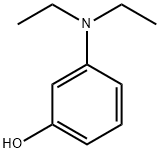

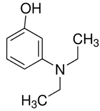
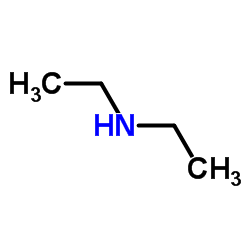
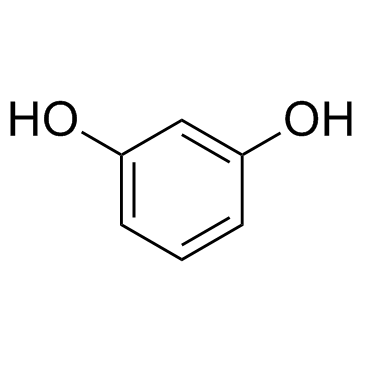
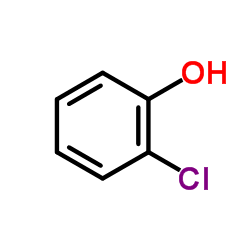
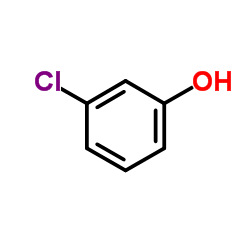
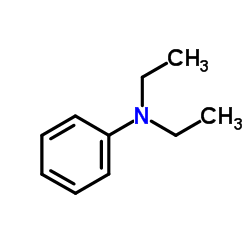
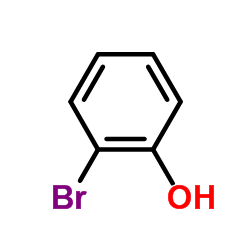

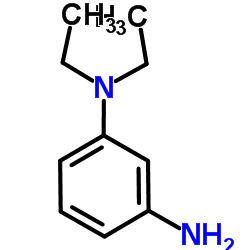
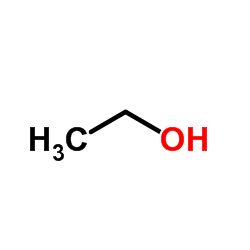

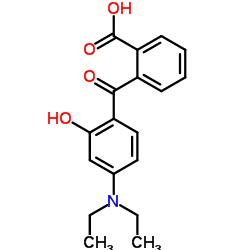
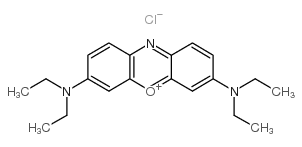
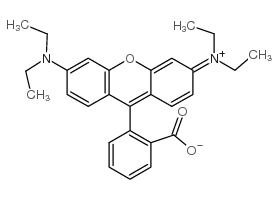
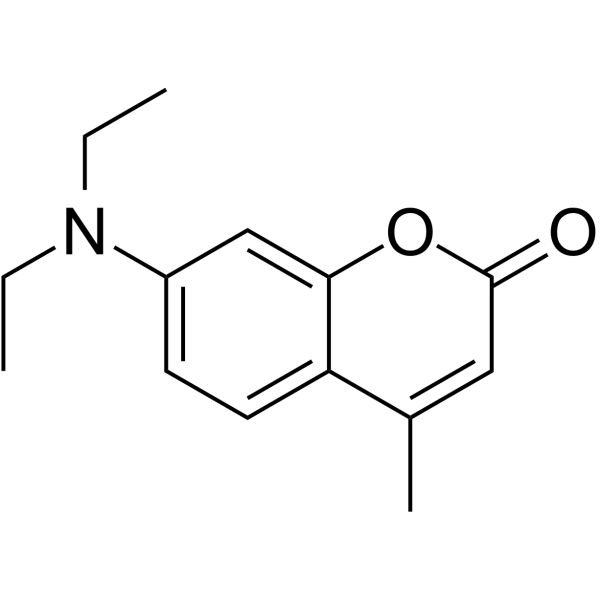
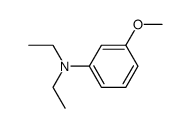
![[3-(diethylamino)phenyl] acetate结构式](/20230522/18997-95-0.png)
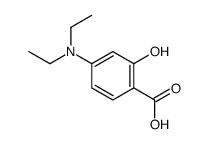
![3-(diethylamino)-6-[(6-methyl-1,3-benzothiazol-2-yl)hydrazinylidene]cyclohexa-2,4-dien-1-one结构式](/20230522/23873-21-4.png)
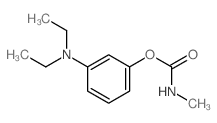
![9-(二乙氨基)螺[12H-苯并[A]占吨-12,1,(3,H)-异苯并呋喃]-3,-酮结构式](/20230522/26628-47-7.png)





 浙公网安备 33010802013016号
浙公网安备 33010802013016号